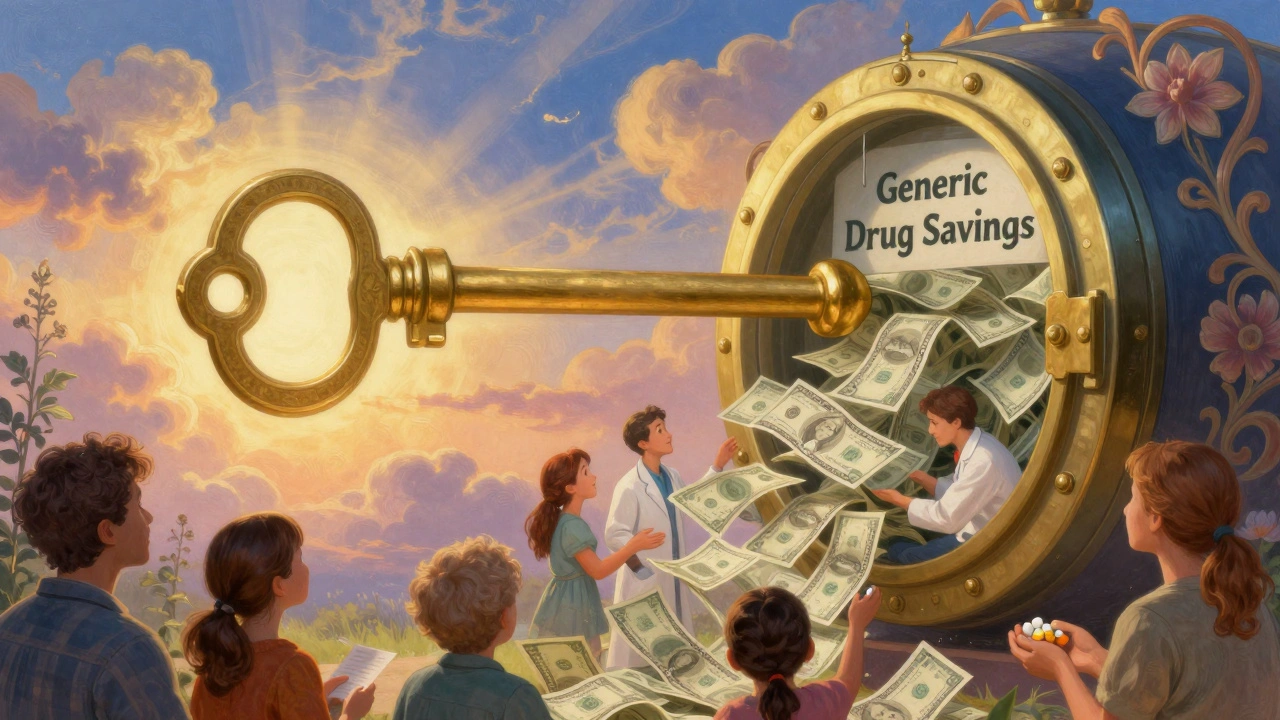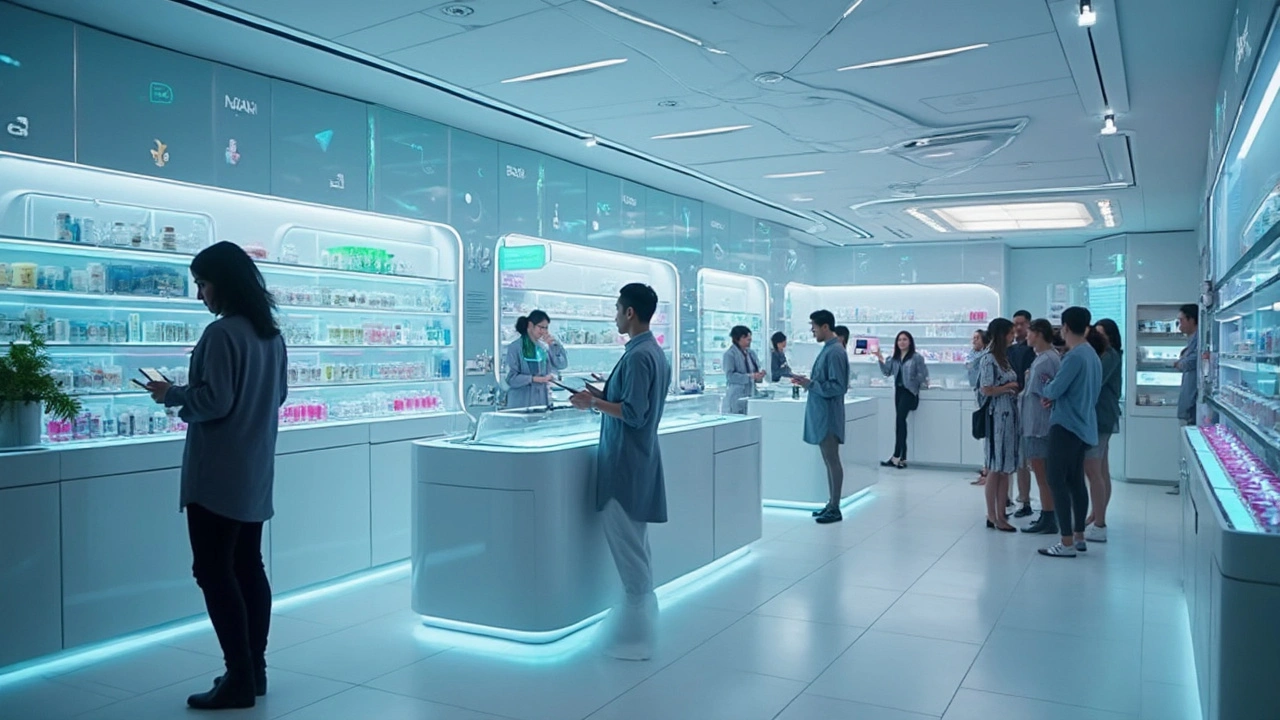Healthcare Savings: How to Cut Prescription Costs and Pick the Best SingleCare Alternatives
Paying too much for prescriptions is annoying and common. You don’t have to accept the first price you see. This page shows practical ways to save, how to compare SingleCare alternatives, and what to watch for so you keep medication costs low without risking safety.
Quick ways to lower drug bills right now
Compare cash prices at a few local pharmacies — sometimes the neighborhood store beats big chains. Use price-check apps (GoodRx, RxSaver, Blink Health and similar services) to see real-time offers and coupon codes. Ask your doctor if a generic or therapeutic equivalent is available; generics can cut costs by 70% or more. Buy a 90-day supply for maintenance meds when possible — it often reduces the per-dose price and saves on copays.
Never skip asking for manufacturer coupons or patient assistance programs for high-cost meds. Many drug makers run programs or copay cards for eligible patients that lower out-of-pocket costs dramatically. If you’re on multiple meds, ask a pharmacist about pill-splitting or switching to a larger-dose tablet if it’s safe and cheaper per mg.
How to choose the right SingleCare alternative
First, check coverage and actual savings — a site that lists low prices may still charge processing fees or limit pharmacies. Look for transparent pricing, easy-to-print or digital coupons, and wide pharmacy acceptance. Compare these things side-by-side: the average discount on your meds, network of participating pharmacies, whether the service works with your insurance, and refund or support policies.
Trust matters. Pick platforms with clear contact info and user reviews. Some apps give instant coupons you can show at checkout; others require you to order online or pick up at a specific location. If you use mail-order, confirm delivery reliability and returns policy before switching.
For complex or expensive therapies, talk with your prescriber or a specialty pharmacist about patient assistance options and independent foundations that help with medication costs. These often require paperwork but can save thousands on branded drugs.
Here’s a practical checklist to follow: 1) List your meds and dosages, 2) Check at least three price sources (local pharmacies + two apps), 3) Ask your doctor about generics or alternatives, 4) Enroll in manufacturer programs if available, 5) Consider switching to a 90-day supply or mail-order for chronic meds.
Saving on prescriptions is about small moves that add up: compare, ask, and use coupons or assistance programs. If you want, read our post “Top Alternatives to SingleCare.com in 2025” for a breakdown of specific services and how they stack up for different medication types.
Generic vs Brand Drug Prices: Complete Comparison Guide
Generic drugs work the same as brand-name drugs but cost up to 85% less. Learn why generics are safe, how prices drop with competition, and how to save money on prescriptions without sacrificing quality.
How Second and Third Generic Drugs Drive Down Prescription Prices
Second and third generic drug manufacturers drive prescription prices down by 50-90% compared to brand-name drugs. Learn how competition cuts costs and what blocks it.
Annual Savings from FDA Generic Drug Approvals: Year-by-Year Breakdown
Annual savings from FDA generic drug approvals total hundreds of billions in the U.S., with year-to-year fluctuations based on patent expirations. Learn how much was saved each year and who benefits most.
Top Alternatives to SingleCare.com in 2025: Ensuring Affordable Healthcare
Looking for alternatives to SingleCare.com? In 2025, healthcare options are more diverse than ever. From trusted platforms with comprehensive drug information to services focusing on affordability and savings, the landscape is rich with choices. Explore these cutting-edge alternatives to find the best fit for your medication needs, ensuring you get medicine without breaking the bank.




